“There is scarcely anything that is right that we cannot hope to accomplish by labor and perseverance. But the first must be earnest and the second unremitting.”
— Robert E. Lee
In the final paragraph of part 1, Allen Armentrout told me how honoring the sacrifice of the Confederate dead “completes” him, giving him a sense of identity and peace spiritually. But it also serves a purpose ideologically, resisting the cultural cleansing to which his ancestors and Southern history are subject.
“Just put a foot down. This is your blood.”
Armentrout’s activism is steeped in liberty and in rebuking the poisonous nature of progressive dogma. “Exercising your rights is another thing that makes me feel complete in my life … (and) knowing that I can do something controversial and unpopular, and there’s nothing anyone legally can do to me.”
To the willfully uninformed, Armentrout was some loony kid who wanted to play dress-up on that fateful day in Charlottesville last August. Or perhaps a “Nazi” who aimed to stir up trouble. Or maybe just a backwoods yahoo with bad timing.
Charlottesville was “not my first rodeo,” Armentrout said. In fact, ever since he took that life-changing ancestral pilgrimage to Keezletown and witnessed those unkept veterans’ graves, he had become a quiet but confident Dixie activist.
It first began with Armentrout attending city council meetings and tending to a Confederate cemetery in his hometown of High Point, North Carolina, where he’d clean the markers, rake pine needles, and fly his Battle Flag. Then “I would play Dixie on my phone and I would stand there and salute.”
“I didn’t care who was watching,” he explained. “I just knew that what I was doing was right.”
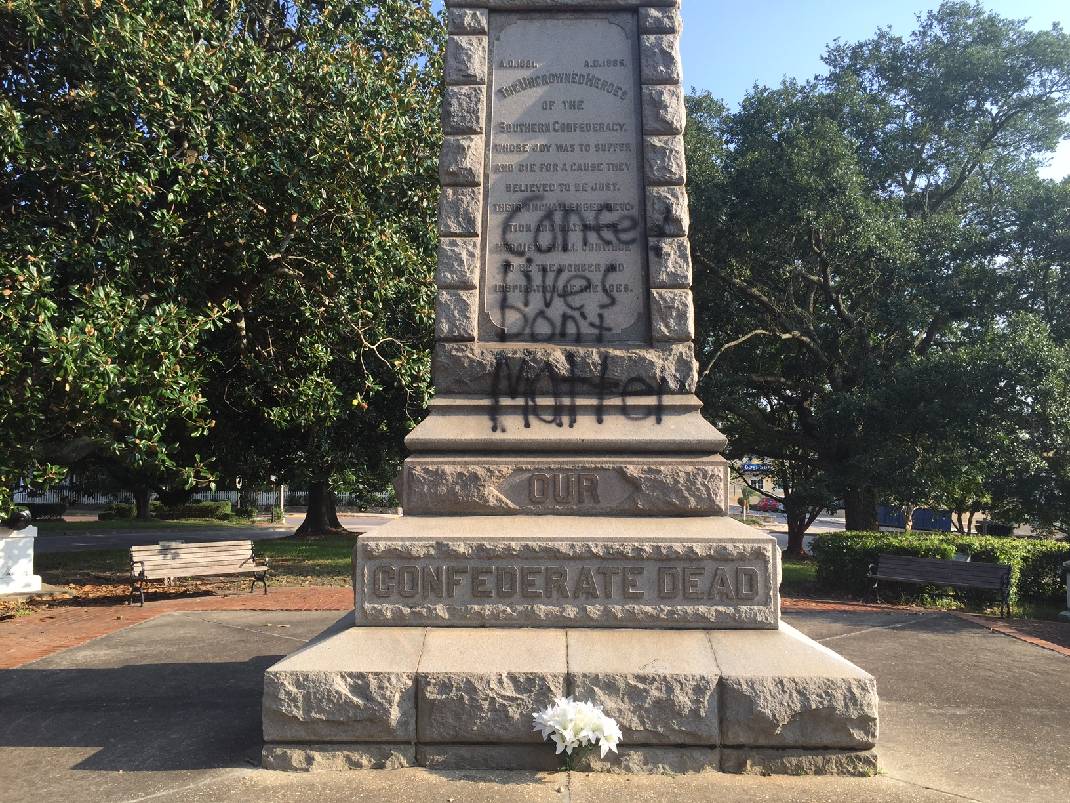
By the time he moved to Pensacola, Florida, to attend college, Armentrout had grown bolder. He started flagging overpasses, which he described as a “piece of the puzzle” for him. Just a gray-uniformed man on a highly traveled road, holding a flag and saluting for hours.
“I would do it by myself, unfortunately,” he remarked, adding that there were always people who’d promise him they’d be there next time. But they never showed. “I’m not waiting on any other person.”
“Part of being Southern is being able to lead yourself, being able to govern yourself. Being able to say, ‘This is important to me, and I’m going to make it a point to go out and do something for what I believe and love.'”
Proving grounds of a patriot
When he saw an uptick in the bludgeoning of his heritage by Obama, the corporate press, the corrupt race-baiters, and self-loathing whites in the aftermath of the Charleston shooting in 2015, Armentrout joined a Sons of Confederate Veterans (SCV) chapter near his university.
The camp’s membership were “older gentlemen, who were not as zealous and, in my opinion, were kinda burned out,” he said. Armentrout was told on several occasions that if he kept flagging, he needed to represent himself as an individual, clearly distinguishing himself from the local SCV.
“Isn’t that what I joined this camp for?” he asked rhetorically. “I broke out my suit and started going to city council meetings as an ‘individual.’ I got super-active.”
His Dixie advocacy was well known in the Florida Panhandle. He was asked to lead the re-dedication ceremony (photo seen at top) of a once-public Confederate statue and flag, which had been returned to a local by the City of Crestview.
The Pensacola SCV “came after me and even attacked me, saying I was capitulating” to the Southern-symbol removers. Armentrout said. “I had had about enough of it.”
“There is no more dangerous experiment than that of undertaking to be one thing before a man’s face and another behind his back.”
— Robert E. Lee
Fortunately, an Alabama SCV division defended him, offering him the organizational support he’d been needing. Armentrout became a member and the camp helped him with the Crestview dedication.
Although an SCV member in good standing, Armentrout understands the struggles of “Southern heritage” organizations trying to exist and do battle in our prickly post-modern world. Many Confederate descendants aren’t even willing to try to take the hill, much less die on it.
The Big Sleezy
It was this compliant attitude among some old-schoolers that ultimately led Armentrout to New Orleans. The Crescent City was ground zero of the Dixie-cide by the spring of 2017.
Monuments to three of the Confederacy’s most notable heroes – Jefferson Davis, Robert E. Lee, and Louisiana’s own P.G.T. Beauregard – were under threat by quisling extraordinaire, Mayor Mitch Landrieu, a sinister Soros-backed band of carpetbaggers known as Take ‘Em Down NOLA, and all the usual suspects. These statues have all since come down.
Antifa “want to see the destruction of this country,” Armentrout affirmed. “I saw them disgracing and tagging the monuments … and I said, ‘Where are the good guys?’”
“The only opposition the TV shows is people making fools of themselves … some guy doing something stupid with a Confederate Flag or saying something that makes him sound idiotic.” He wanted to counter that narrative and be a good guy.
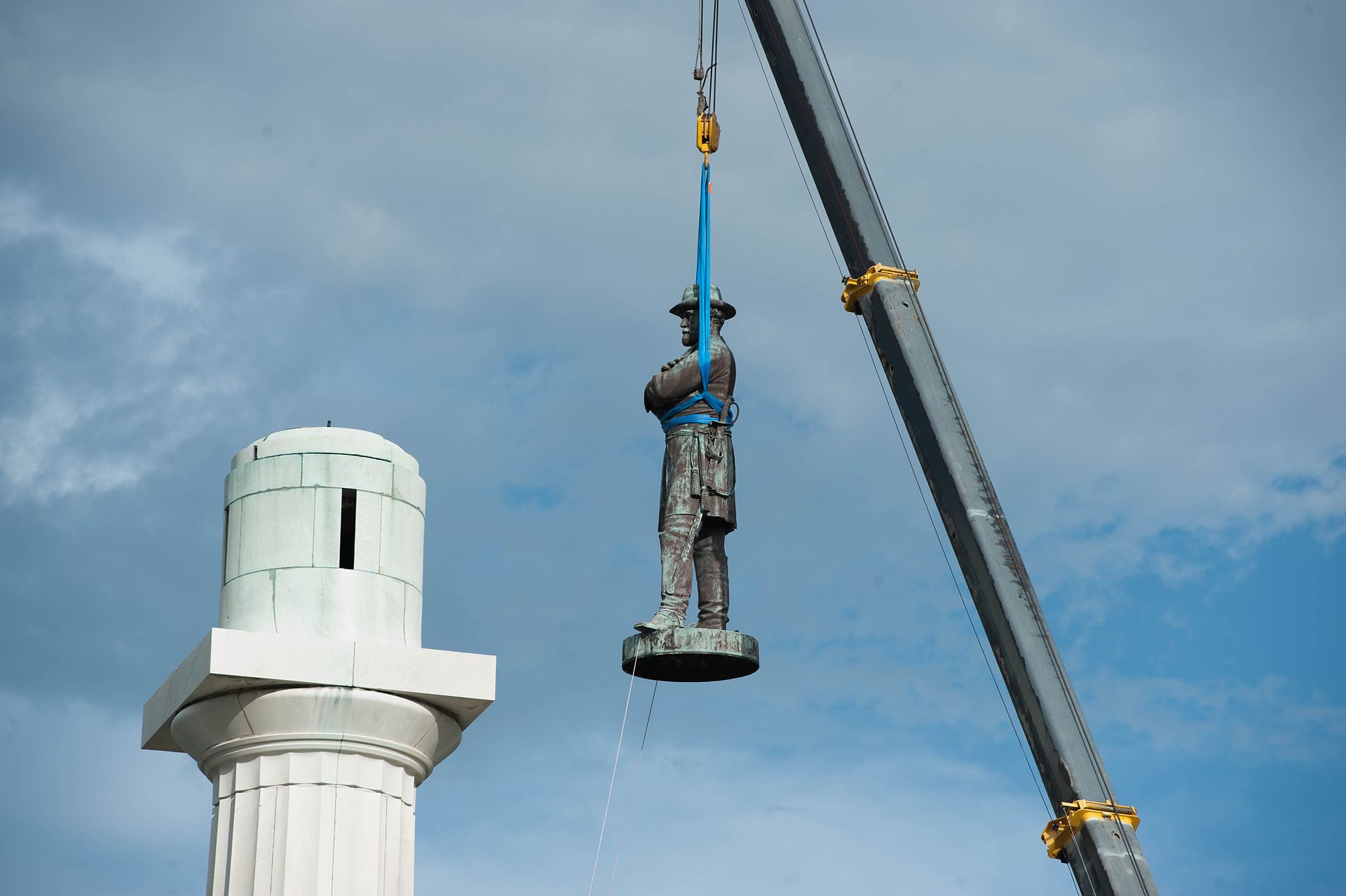
Armentrout told me he’d read that New Orleans SCV camps had advised their members to “stand down” and “restricted members from any way defending the monuments.” Needless to say, he was disappointed and thusly motivated.
“The SCV is a very valuable asset … (but) some members are not that good at actively taking up a Battle Flag and marching into a threat.” He was, so he did. And did so solo yet again.
Up to now, Armentrout had received his share of disapproving looks when caring for tombstones in High Point. In Pensacola, the full-time student and employee and part-time activist had been told to “get a job,” called a “dumb ass,” and given pretentious lectures by guilt-obsessed people who claimed to have Confederate lineage.
He had even had a jar of peanut butter thrown at him while on a Florida overpass. So, when a black preacher cursed at him in New Orleans, it wasn’t that shocking – just another step in the social devolution he was experiencing firsthand as a resistor against it.
But seeing the stunning statues doused in red paint and covered with sticky foam did take him aback. And the city’s foot soldiers were even more jarring.
“I saw a fire truck roll by and a fireman got off the truck wearing a mask and a riot helmet, got a crowbar, ripped the plaque off of this monument … and threw it in the back of the truck and sped off.” The “goons” flabbergasted Armentrout.
“So many people are not natural leaders, they’re natural followers.”
So by the time Armentrout opted to go to Charlottesville, he’d seen some stuff, learned some lessons, and knew exactly what he was doing. He planned it precisely as to avoid bodily harm by the crazed hive-mind thugs he knew would challenge his legal and peaceful self-expression.
“In the South today, you have to understand, the Reconstruction and living under 150 years of Yankee occupation is going to have an effect on the inhabitants,” Armentrout said of anti-Confederate groupthink. “150 years of deluded history and eventually rewritten history, the implication of apathy in schools, where kids are taught not to care, is going to take its toll.”
“They’re just a product of the environment that the Yankees created.” It’s a gracious stance that many people, including some fellow Christians, would have a hard time taking: Lord forgive them for they know not what they do.
“I have fought against the people of the North because I believed they were seeking to wrest from the South its dearest rights. But I have never cherished toward them bitter or vindictive feelings, and I have never seen the day when I did not pray for them.”
— Robert E. Lee
As a preemptive measure, Armentrout called the police department three times before driving up to Virginia as to notify them of his intent to salute the Lee statue and open-carry weapons for self-defense. “If you ever want to do something that by the world’s standard is crazy, call your local police department.”
He continued, “It gives the police dispatcher a forewarning and the police officer a prelude to understanding what’s going on before he pulls up to the scene.” It can help to dispel misinformation and fabricated claims of violence, as well.
Armentrout also had close friends of the family act as his advocates, phoning the police third-party, simply communicating that he’s “on point and not crazy.” All necessary precautions when entering as hostile an environment as Charlottesville.
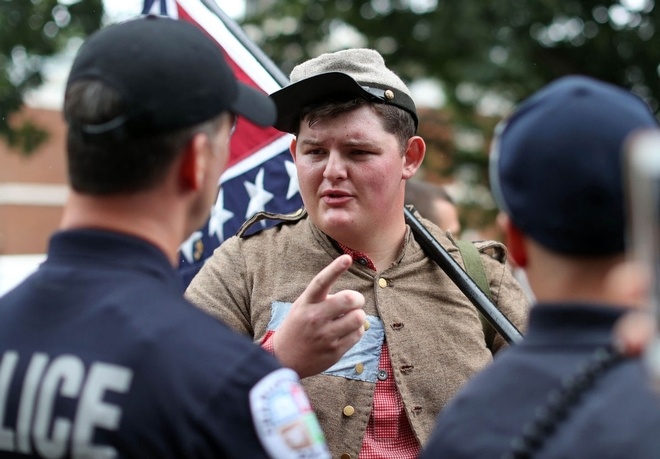
At the previous weekend’s Unite the Right (UTR) rally, the Charlottesville Police had stood down, enabling the harsh brutality and consequent wreckage that needlessly befell people and property to unfold, so this measure was huge a gamble for Armentrout. But it paid off.
He told me the cops were utterly professional, both the ones who talked with him en route to Lee Park and once on site. “The police sergeant came up to me and was like, ‘Sir, you have every right to be here. We are here for you public safety because we know what can happen.”
The officer told Armentrout they had other things going on in the city and that his being there was tying up law enforcement resources. He added, “But we don’t expect you to leave.”
“Sir, I definitely respect other people’s public safety,” responded Armentrout. “I just came up here to respect my ancestors and pay my respects to Lee, and I just wanted to see this monument in the event it was taken down.”
Armentrout also noted that he’d driven far to honor Lee and needed a few more minutes, but did request a police escort back to his vehicle. “I wouldn’t feel comfortable walking out of here,” he said. So he whistled “Dixie” in his head, gave a final salute, and then nodded to the police.
“We should live, act, and say nothing to the injury of anyone. It is not only best as a matter of principle, but it is the path to peace and honor.”
— Robert E. Lee
The lying media made it seem as if Armentrout was forced to leave the park and that the righteous social-justice warriors had succeeded in chasing off the big, bad rebel. The fact that he wasn’t disarmed prove the fabricated plotline.
Armentrout’s .45 remained holstered while he rode in the front of the police cruiser, and his AR-15 just laid in the backseat. “‘This guy has a handgun on his side in my patrol car’ was probably the last of [the cop’s] concerns. He was probably like ‘I need to get this guy out of my town before another Saturday happens.”
Media madness
News crews and reporters were still lurking around Charlottesville because of the UTR event, so they arrived on the scene quickly. “They thought, ‘Here is this guy. He’s gotta be nuts,'” Armentrout said.
“He’s by himself with an AR at a Confederate monument that’s been at the seat of controversy. He’s going to do something … and we’re going to get it on camera.”
But “I didn’t, and it blew their minds. That’s what made those people yelling at me even madder,” he added. “I hope that me doing that … maybe they could see what Christ was like in that small moment. I had faith.”
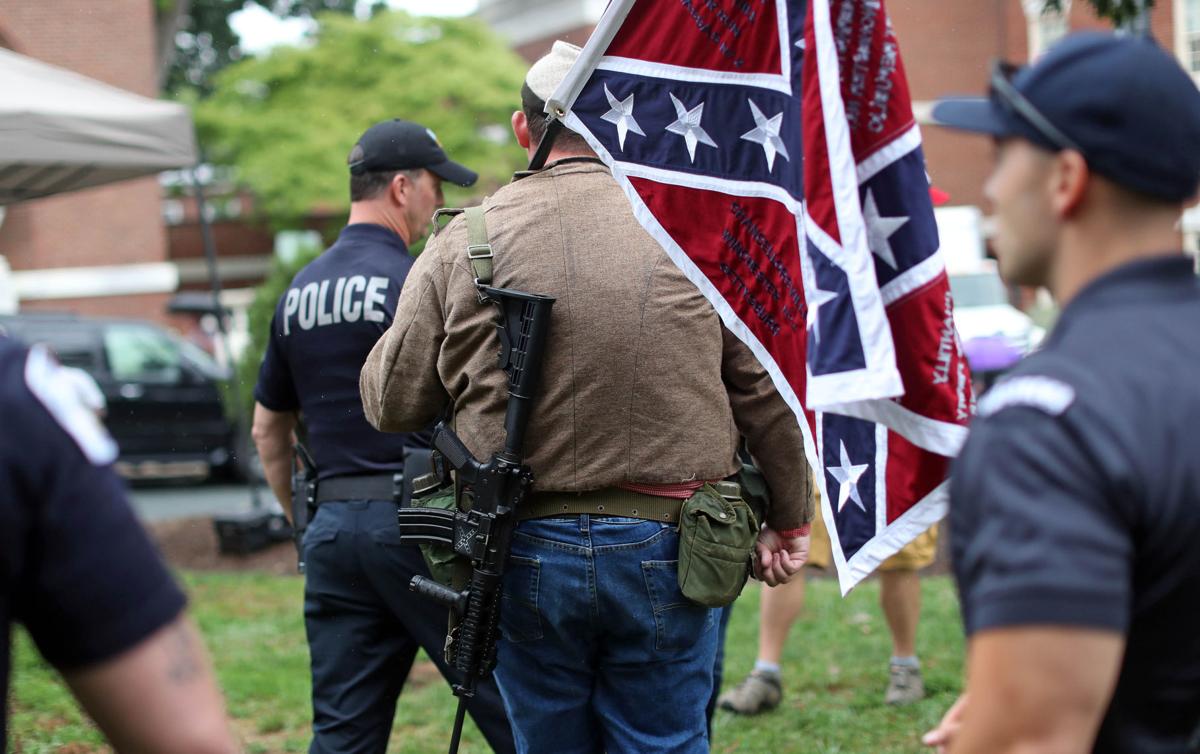
It made no difference that Armentrout wasn’t the ignorant, redneck, belligerent cartoon character the Lincoln cultists have created as their perpetual scapegoat for all of society’s ills. Just as he had drawn the ire of the alt-Marxist hordes in Lee Park, the progressive press went after him with a vengeance.
“We must be very careful how we are influenced by hearsay.”
— Robert E. Lee
Armentrout was portrayed as a “white supremacist” and a “racist protester,” who was carrying an emblem of “racial terror” say “historians.” The hyperbolic headlines and bombastic articles fed into the purposeful media manipulation that there are Nazis abounding in AmeriKKKa.
Wanting to set the record straight, Armentrout answered questions from a few newspapers, but the so-called journalists turned out to be hacks who wrote predictable hit pieces. Of course.
He said an English reporter wrote article with “a huge slant, basically saying I was condescending of women because I would pay for their dates or hold doors for them. I said, ‘I’m proud of that. I’m a gentleman.” So he stopped giving interviews.
The aftermath
Despite Armentrout’s self-imposed media-blackout, he still got hate mail. He even received a few death threats.
Unfortunately, Armentrout was also “released” from his upcoming senior year at Pensacola State University, which was supposed to be free. Not a good place for a young college kid to be, especially one who believes that “debt enslaves a person.”
Armentrout used GoFundMe to try to raise money for finishing up his undergraduate degree. But the website shut him down – twice! – due to alleged “hate speech” violations.
“You’ve got to be a man, you gotta take command of your own life, you gotta make choices that are tough,” he tells compatriots who may find themselves in these same dire straights. “You gotta decide what you want for you and your family, you gotta be willing to protect them.”
It takes earnest labor and unremitting perseverance, just like Lee wrote. “One day the Lord might call them to take a stand,” Armentrout said. “It’s not easy, but it’s worth it.”
Be sure to check out part 3, “Hope and humility.”
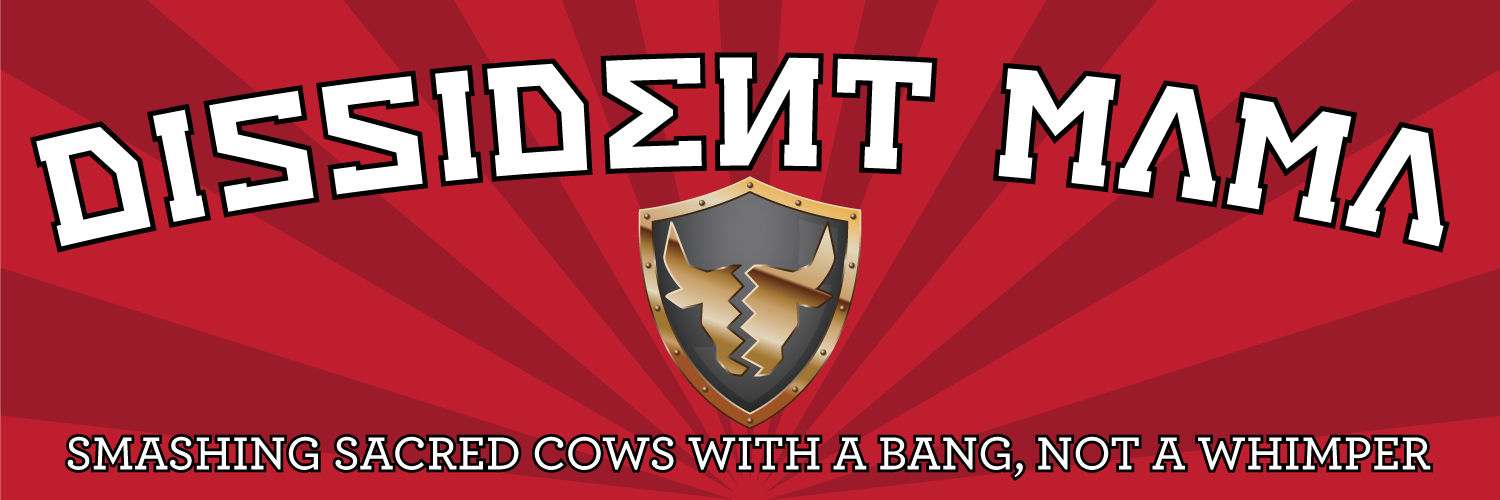
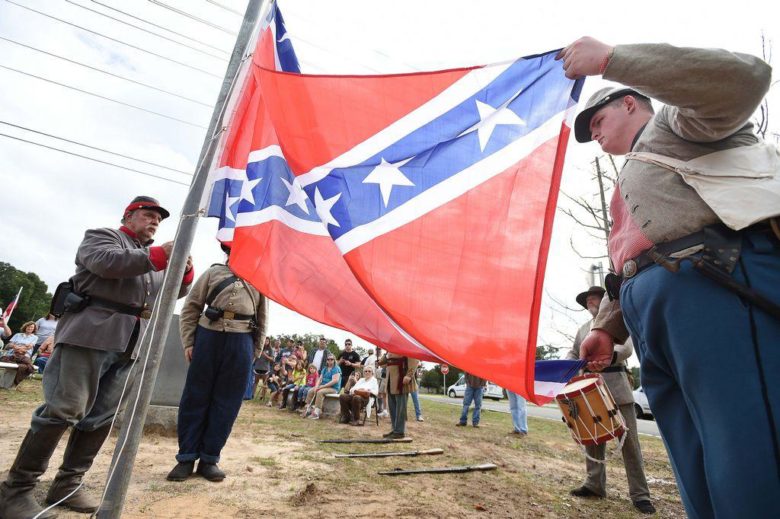

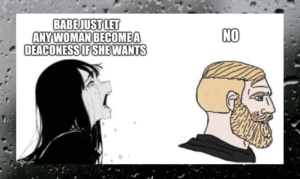
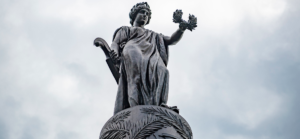
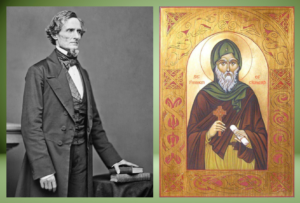
Comments
Gumption, faith, and perseverance put into ACTION. Impressive. His school is idiotic for losing such an asset in this upstanding gentleman. May the Lord bless him immeasurably for his honor and integrity.
Author
Agreed. His former college made a bad mistake losing him as a student and eventual alum. Honor and integrity are sure hard to come by these days, especially on the university campuses. Just look at UNC – just brimming with vandals, haters, covetous boobs, ungrateful brats, and miseducated retards.
Pingback: Allen Armentrout, Part 2: Take My Stand – Identity Dixie